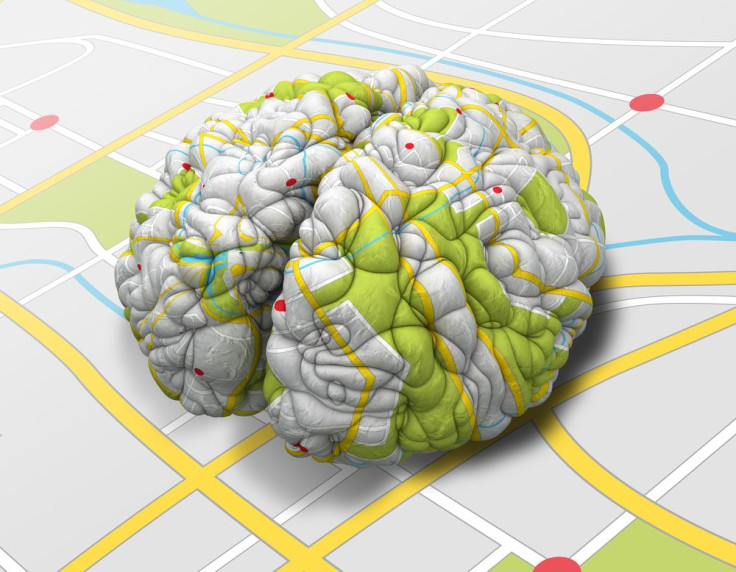Memories Are 'Geotagged,' Enabling You To Create A Mental Map Of Your Life Experiences

In a recent study, a team of neuroscientists from the University of Pennsylvania and Freiburg University demonstrated the role of spatial information in memories, showing how remembering an experience could quickly bring to mind other events that occurred in the same place, known as geotagging.
The researchers used a video game in which people navigated through a virtual town, delivering objects to help them understand how brain cells that encode spatial information form “geotags.” The geotags for specific memories are activated immediately before an event is recalled. “These findings provide the first direct neural evidence for the idea that the human memory system tags memories with information about where and when they were formed, and that the act of recall involves the reinstatement of these tags,” said Michael Kahana, professor of psychology at the University of Pennsylvania's School of Arts and Sciences, in a press release.
Earlier, Kahana and his colleagues had experimented upon and researched treatment for epilepsy patients that involved implanted electrodes in their brains. This study, like earlier spatial memory experiments conducted by Kahana and his team, involved playing a simple videogame where the goal was to deliver goods to stores in a virtual city.
The participants had time to explore the city and learn the stores’ locations, and were then told where their next delivery was going to be as the game began. The game revealed the next item to be delivered, and where, only when they reached their destinations. The screen went blank after 13 deliveries, at which point the participants were asked to recall the items they delivered in the order they delivered them. Based on their responses, the researchers looked at the neural activation associated with forming spatial memories, as well as the the locations of the stores, with the recall of episodic memories (i.e., the list of items delivered).
According to Kahana, virtual reality solves the problem associated with studying memory in a naturalistic setting: “A challenge in studying memory in naturalistic settings is that we cannot create a realistic experience where the experimenter retains control over, and can measure every aspect of what the participant does and sees. Virtual reality solves that problem.” When the subjects play the games, the researches can “record every action they take in the game and to measure the responses of neurons both during spatial navigation and then later during verbal recall,” according to Kahana. When the participants were asked to recall the items they delivered instead of the stores visited, the researchers were actually testing whether spatial memory systems were activated when accessing episodic memories. This comparison was made possible by the map-like nature of the neurons associated with spatial memory.
“During navigation, neurons in the hippocampus and neighboring regions can often represent the patient's virtual location within the town, kind of like a brain GPS device,” Kahana said in the press release. “These so-called 'place cells' are perhaps the most striking example of a neuron that encodes an abstract cognitive representation.” A neural map corresponding to the city’s layout was developed by the researchers using brain recordings. As participants passed by a particular store, the researchers took note of the relationship between spatial memory and the location of place cell activation. The researchers excluded trips made directly to or from the store when placing it on the neural map in order to avoid confounding the episodic memories of the items delivered with the spatial memory of a store’s location.
This study adds to earlier neuroscience research that found there to be two distinct roles for the hippocampus: tracking location information as a cartographer and recording events for episodic memory as a scribe. This study concludes that the two roles are intertwined.
Source: Miller J, Neufang M, Solway A, et al. Neural Activity in Human Hippocampal Formation Reveals the Spatial Context of Retrieved Memories. Science. 2013.
Published by Medicaldaily.com



























